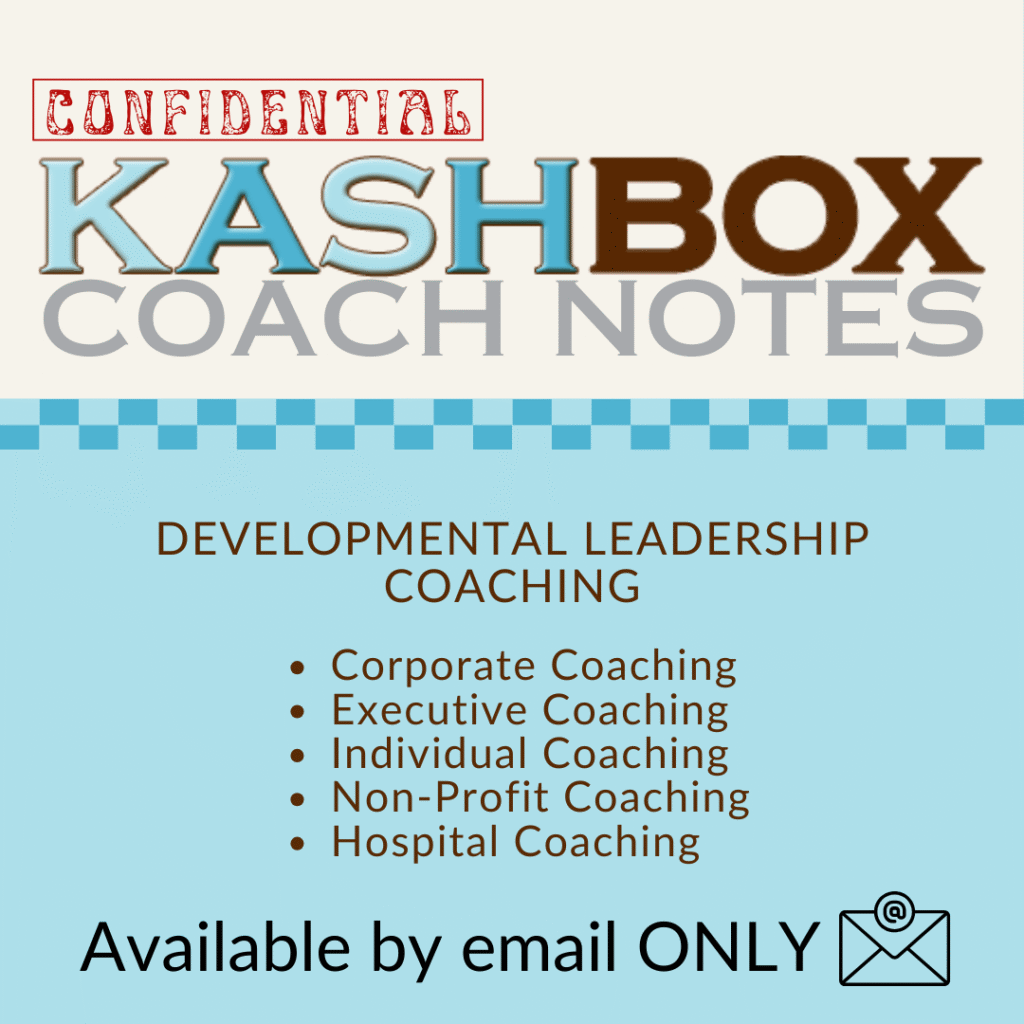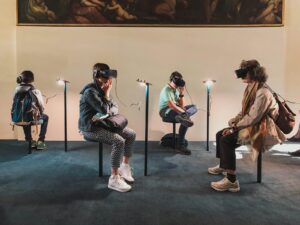Our common response to massive disruption, such as a pandemic, is to hope for and assume things will return to normal. However, do we really want to return to all the old ways of doing business? Corporate coaching can help an organization’s leaders strategize a better future in the modern era.
Will the new normal adaptations endure?
This topic comes up frequently with my clients right now. And it makes sense: planning for an uncertain future is challenging, even for great leaders and managers. They want to avoid old “bad” habits and incorporate new policies and processes that make sense for their organization, including their employees.
Savvy leaders and managers understand the importance of corporate coaching in creating an effective strategy, careful planning, and great execution.
But do we truly know and understand how our work has been changed?
When the Pandemic Ends
A massive disruption allows us to examine how things were before, including our view of the future.
Based on consumer and business trends analysis, The McKinsey Global Institute (MGI) recently published a report on the future of work. MGI said the pandemic accelerated remote work, digitization, and automation. They predict these trends will “have a lasting impact on workers and work, even after the pandemic.”
However, others caution about expectation management.
It is incredibly wonderful how so many have come together to create solutions, now and for the future. It is remarkable how we adapt, remaining flexible, creative, and productive throughout the process.
A pandemic changes the way we work, learn, and live. It alters our perceptions and expectations.
The Future of Work is Now
According to McKinsey, the pandemic highlighted the impact of physical proximity in the workplace and spurred changes in business models. The four work arenas most affected, both short- and long-term, include:
- Leisure and travel venues (including restaurants and hotels)
- On-site customer interaction (including retail and hospitality)
- Computer-based office work
- Production and warehousing
Receive [CONFIDENTIAL] Coach Notes directly to your inbox.
Your e-mail address is used to send you our newsletter and information about Kashbox Coaching’s activities. You can always use the unsubscribe link included in the newsletter.
Work Trends
Three groups of consumer and business trends are likely to persist beyond the pandemic:
- Remote work and virtual interactions. According to their research, 20-25% of workers could work remotely 3+ days/week long-term. This represents four to five times more virtual/remote employee work/interaction than pre-pandemic.
- The surge in the use of e-commerce and other digital platforms. Digitization of products and services has grown two to five times during the pandemic. McKinsey predicts a shift to gig jobs in the independent workforce.
- Deployment of automation and artificial intelligence (AI). Their research found an uptick in the use of robotics, robotic process automation, and AI. In a July 2020 global survey of 800 senior executives, 66% indicated plans to invest in automation and AI “either somewhat or significantly.”
McKinsey predicts that more than 100 million workers may need to switch occupations by 2030 as middle- and low-wage jobs decline and more high-wage jobs increase.
Post-pandemic Leadership Decisions
Many leaders are making strategic decisions about the future of work, including whether or how to develop ongoing remote and hybrid work. The best leaders:
- Remain flexible. Look beyond the pandemic to reimagine how and where work can be completed.
- Consider hybrid options. Continue to analyze activities that can be completed remotely without losing productivity.
- Communicate effectively. Ensure you have strong, two-way communication that allows everyone to raise questions, concerns, and ideas without fear of personal repercussions.
Questions for Leaders from Corporate Coaching
Below are a few questions published by Harvard Business Review regarding policies and practices at your organization that could be quantified (scored on a scale) for analysis:
- What is the nature of the work? For example, is it highly independent or collaborative? If it is later, how much management is required?
- What is the experience level of the individuals or teams?
- What is the employee and team preference?
- What is the cost/savings of remote versus in-office time?
From a broader perspective:
- How do/will you support a strong company culture, in person and remotely?
- How will changes affect HR policies? For example, what is your policy on work from anywhere (WFA)? Will compensation or benefits be adjusted relative to geography? Will training change?
- For new or returning workers, will you require a COVID-19 vaccination?

Ready to Find Your Perfect Kashbox Coach?
Every executive and business leader has unique strengths and faces specific challenges. That’s why we offer a diverse team of experienced coaches, each with specialized expertise in different areas of leadership coaching.
Click the button below to match with a Kashbox Coaching leadership coach who can best help you unlock your full potential.
Post-pandemic Management Preparations
According to McKinsey, employees in computer-based positions could spend 70% of their time working remotely without losing effectiveness. As a result, they anticipate hybrid remote work for the long term. Of course, management practices will be critical to success.
Questions for Managers
- How will you support a healthy remote work climate?
- How will you support employees as they manage competing priorities, professional and personal?
- How will you support a sense of psychological safety?
- How will you consciously engage your employees?
- How will you foster employee trust and accountability?
- What tools, resources, and practices will you need and use?
Even small doses of high-quality social interaction can lower stress and improve well-being. Predictable communications, that is, a predictable cadence, can foster productivity and trust.
High-performing teams are often led by managers who use virtual and/or face-to-face meetings to connect socially, build personal relationships, and engage all employees. The best managers use corporate coaching and ask questions, show vulnerability, share reliable information, and are open to new ideas.
Your Future of Work is Now
Tensions can grow due to a lack of communication between leaders, managers, and employees. Employees may also resist relinquishing telecommuting and/or receiving vaccinations and limit their career options. Instead, employees can prepare for the future of work by focusing on their performance, expanding their skills, and engaging in effective, positive communication.
Prepare Your Future Now
- Consider returning to the office for work one day/week. If you work with a team, consider sharing one office and rotating your time to reduce real estate costs. Alternatively, you might coordinate your time so you are all together post-vaccination.
- Prepare for face-to-face meetings. Once we reach herd immunity, plan to hold 25% of your meetings (with colleagues or clients) in person.
- Be proactive in your own goal setting and tracking. Share your intentions and results with your manager.
- Expand your knowledge and skills. There is, and will be, a growing need for workers who can create, deploy, and maintain new technologies and social and emotional skills. Participate in corporate coaching, leadership coaching, or training, and share your experience and accomplishments with your manager.
- Be flexible and open to new ideas, opportunities, and reassignment within your organization. McKinsey’s research finds that a markedly different mix of occupations may emerge post-COVID. Job growth is most likely in healthcare, STEM, warehousing, and transportation.
- Stay positive. Agility and collaboration can lead to greater productivity, career growth, and upward mobility. Consider working with a trusted mentor or coach; let me know how I can help.

Creator of the KASHBOX: Knowledge, Attitude, Skills, Habits
Helping You Realize Your Potential
I help people discover their potential, expand and develop the skills and attitudes necessary to achieve a higher degree of personal and professional success and create a plan that enables them to balance the profit motives of their business with the personal motives of their lives.









